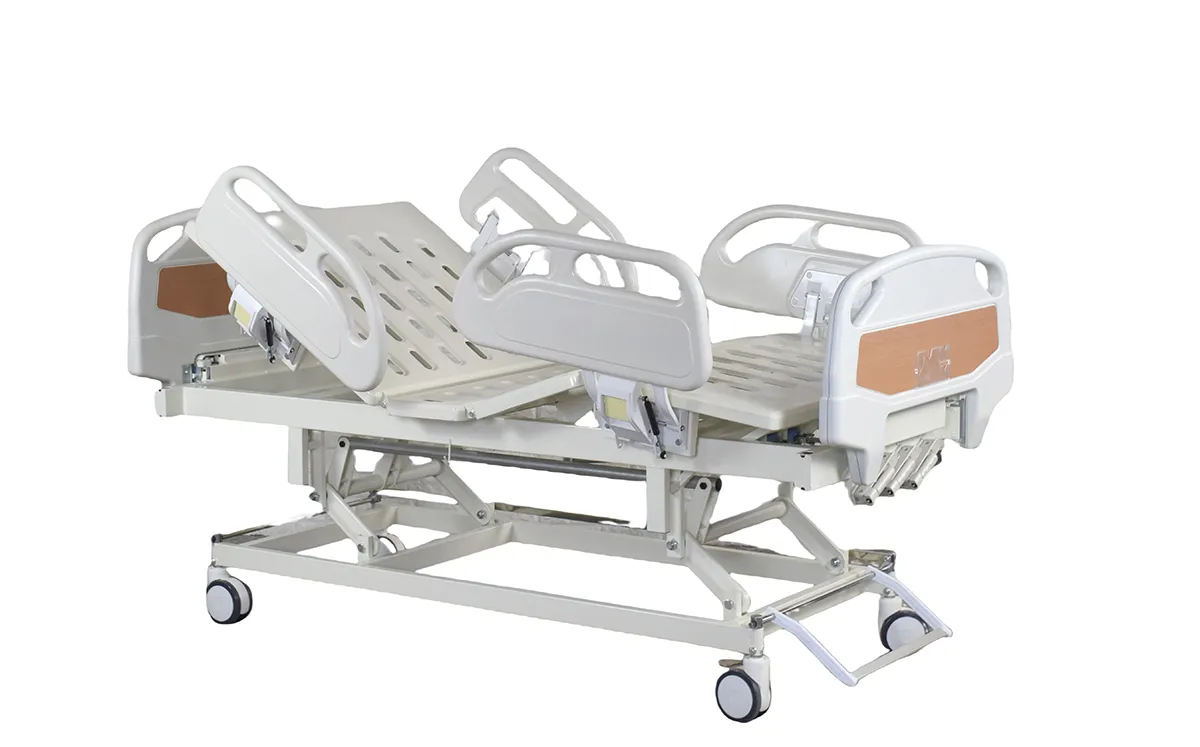Welcome to our websites!
cerebral palsy wheelchair
Understanding Cerebral Palsy and Wheelchair Use
Cerebral palsy (CP) is a neurological disorder that affects body movement, muscle control, and coordination. It is caused by abnormal brain development or damage to the developing brain, which can occur during pregnancy, childbirth, or shortly after birth. The severity and symptoms of cerebral palsy can vary greatly from one individual to another. Some children may have mild motor impairments, while others may experience significant difficulties with mobility and daily activities.
Understanding Cerebral Palsy and Wheelchair Use
There are various types of wheelchairs available, ranging from manual to powered options. Manual wheelchairs are propelled by the user or an assistant, while powered wheelchairs are equipped with motors that allow the user to move with the push of a button. The choice of wheelchair depends on the individual's specific needs, abilities, and lifestyle. For some, a manual wheelchair may be sufficient for short distances, while others may require a powered wheelchair to navigate greater distances or more challenging terrain.
cerebral palsy wheelchair

For children with cerebral palsy, finding the right wheelchair is a crucial part of their overall care plan. Occupational therapists and physical therapists play a critical role in evaluating the child's needs and recommending the best wheelchair options. Customized wheelchairs can be fitted with various features, such as adjustable seating, headrests, and footrests, to ensure comfort and adequate support. These adaptations are essential, as they help to promote proper posture and prevent secondary complications, such as pressure sores or spinal deformities.
In addition to physical benefits, using a wheelchair can also have psychological advantages. Children with CP may face social isolation due to their mobility challenges, but a wheelchair can facilitate participation in group activities, sports, and gatherings. Being able to move about independently can boost self-esteem and confidence, helping these children to build stronger social connections with their peers.
The integration of wheelchair-accessible spaces in schools, parks, and public facilities is also vital. As society becomes more aware of the needs of individuals with disabilities, more accommodations are being made to ensure accessibility. These changes support not only those with cerebral palsy but all individuals with mobility disabilities, promoting inclusivity and equal opportunities.
In conclusion, wheelchairs are an indispensable tool for individuals living with cerebral palsy, enabling them to lead more independent and fulfilling lives. As technology advances, the design and functionality of wheelchairs continue to improve, offering greater support and mobility than ever before. The importance of tailored solutions, social acceptance, and accessible environments cannot be understated in fostering a supportive community for those affected by cerebral palsy. Through collaboration among healthcare professionals, families, and society at large, we can create a more inclusive world where everyone has the opportunity to thrive, regardless of their physical abilities.
-
Transforming Healthcare with Hospital FurnitureNewsJun.24,2025
-
Rehabilitation EquipmentNewsJun.24,2025
-
Mobility and Independence with WheelchairsNewsJun.24,2025
-
Freedom of Mobility with Our Rollator WalkersNewsJun.24,2025
-
Comfort and Independence with Commode ChairsNewsJun.24,2025
-
Bathing Safety and Independence with Shower ChairsNewsJun.24,2025
-
Navigating the Wholesale Landscape of Electric Mobility Solutions: Key Considerations for Power Wheelchair DealersNewsJun.10,2025











